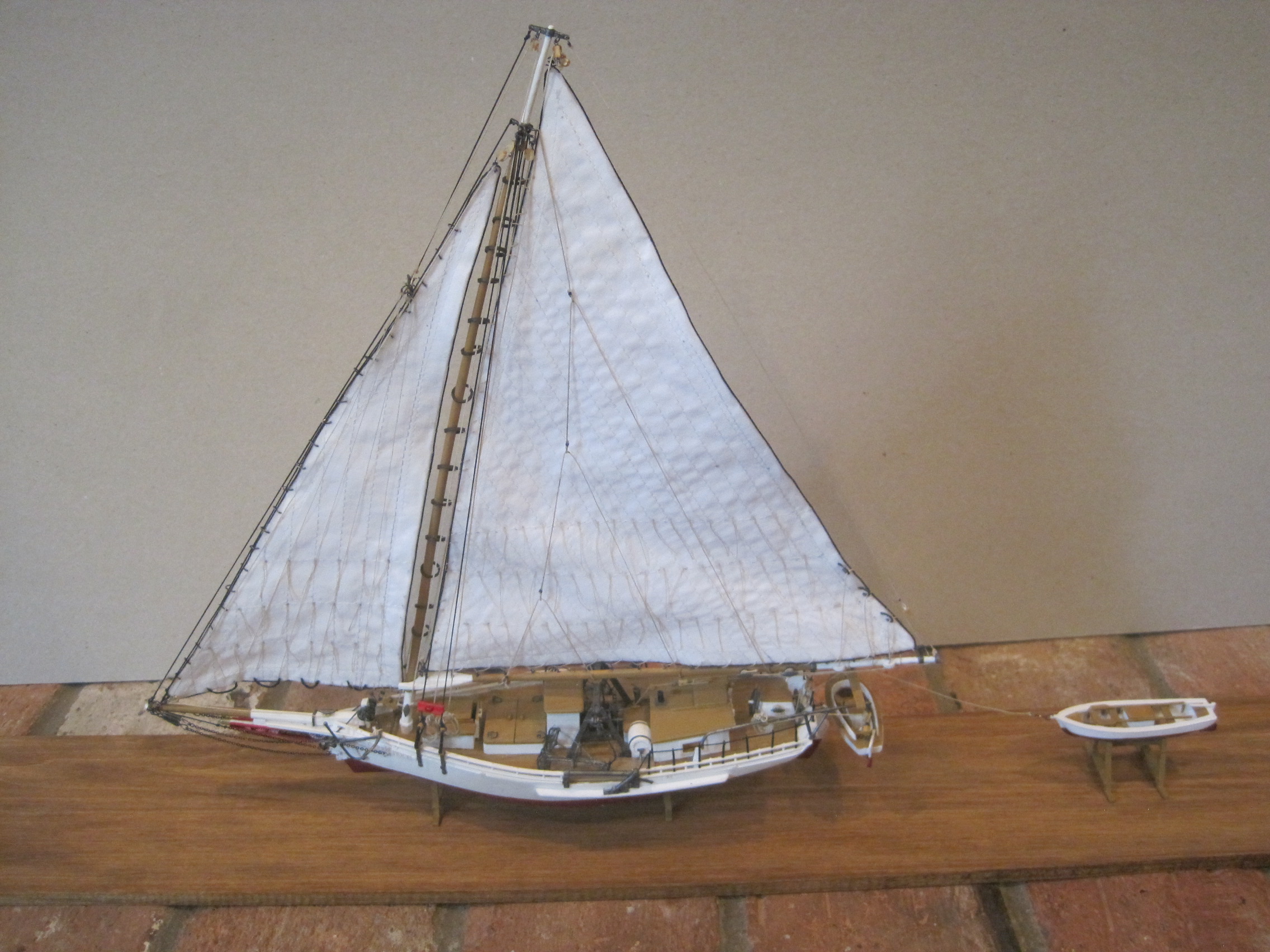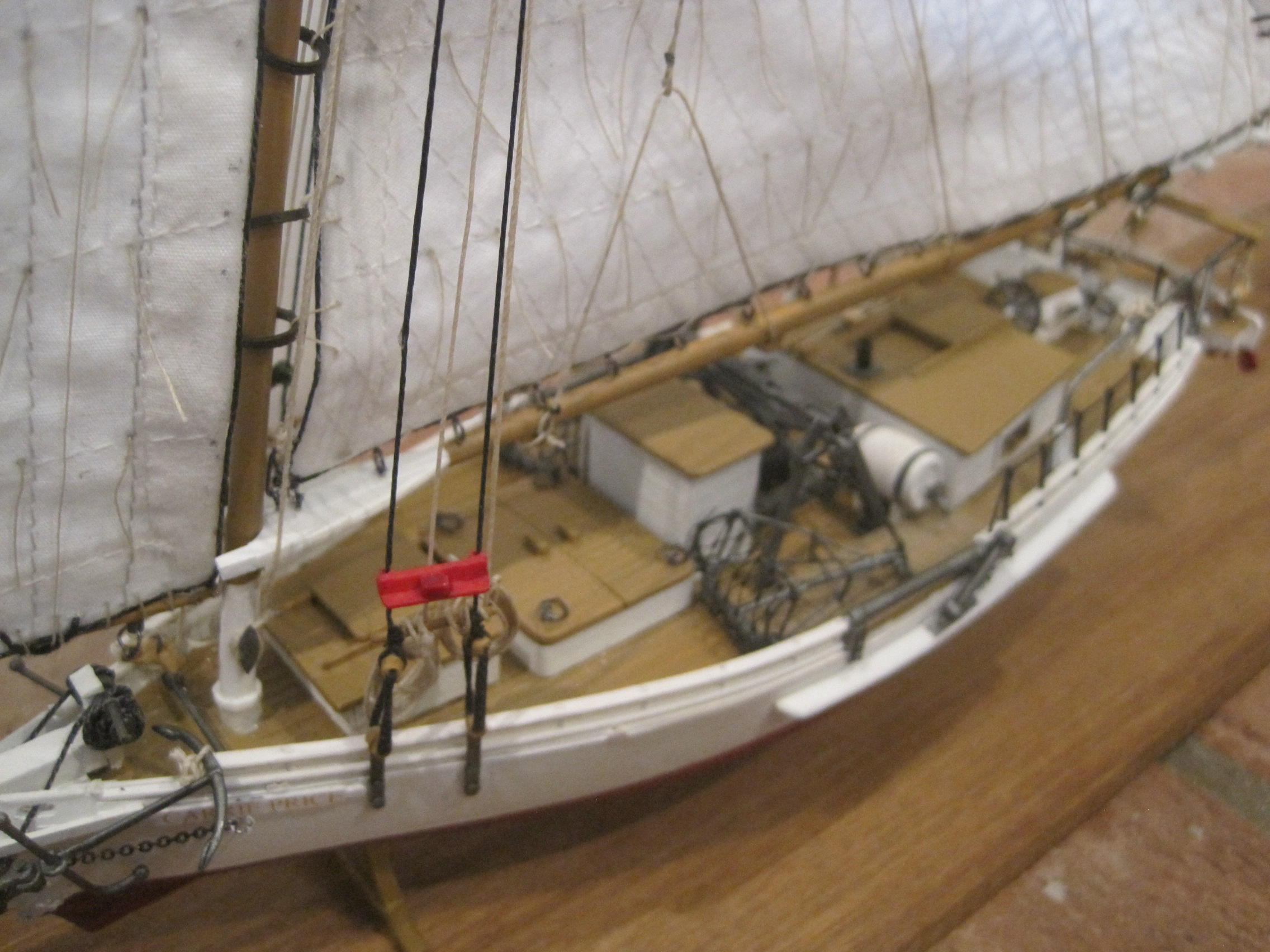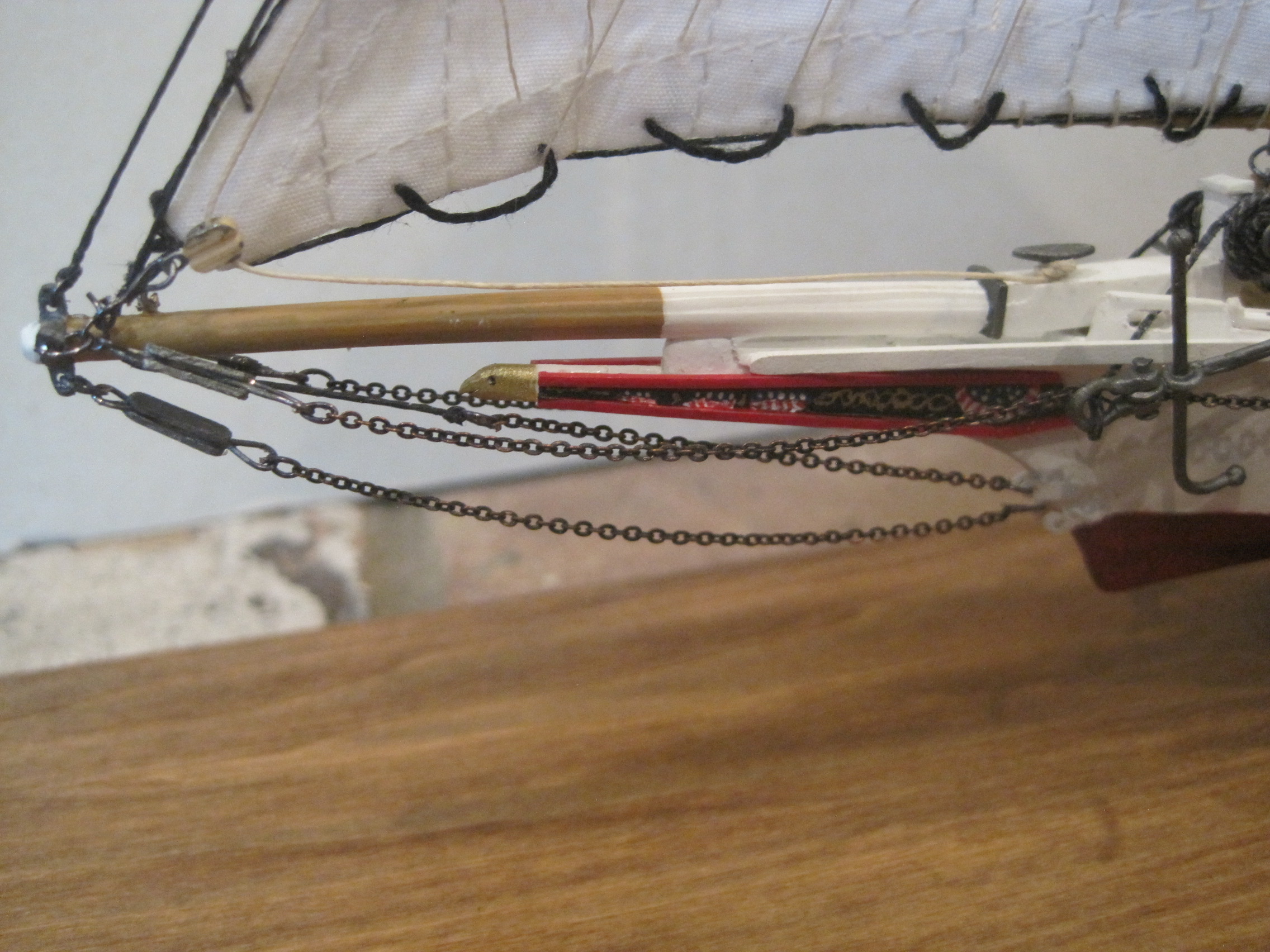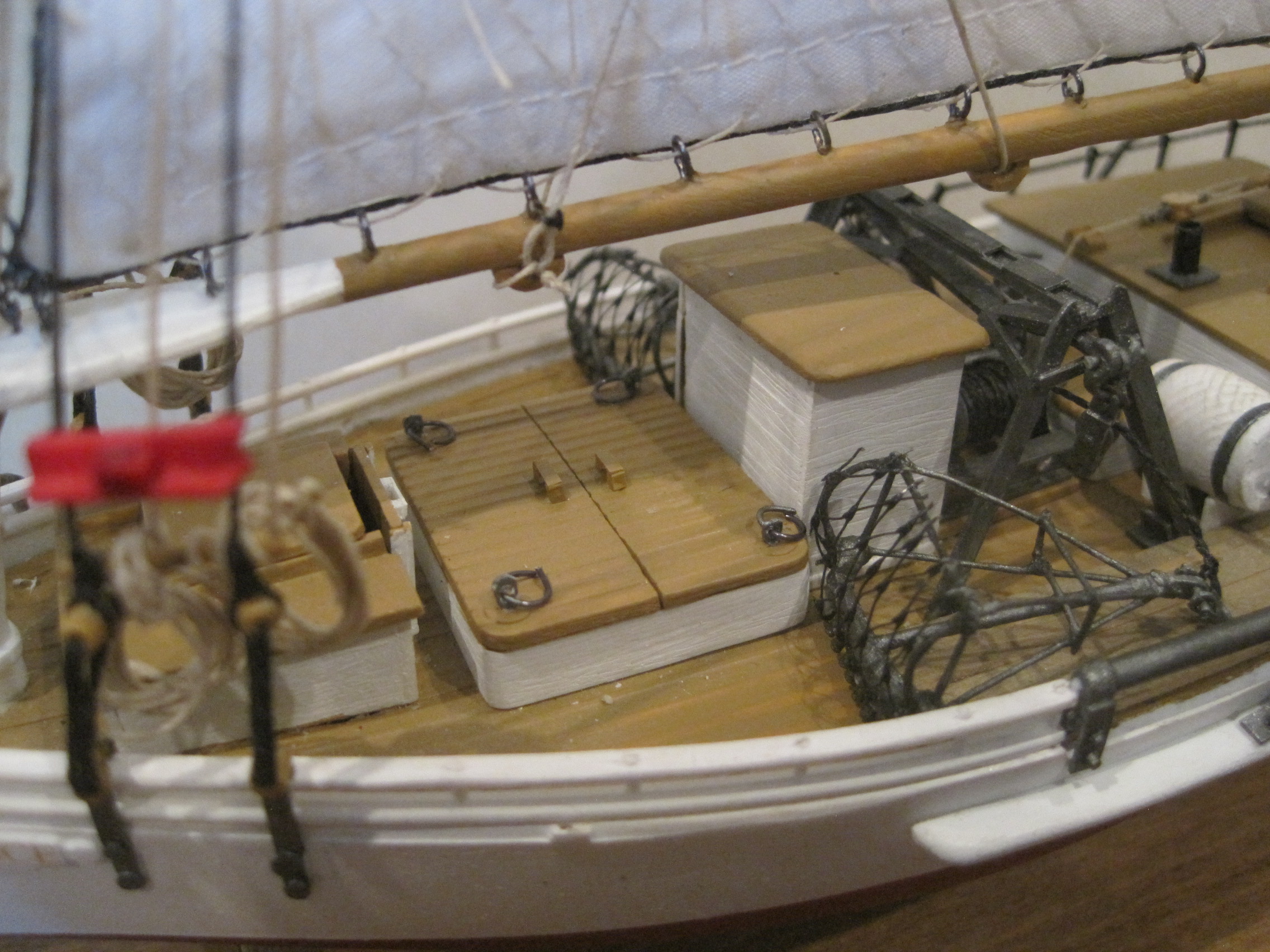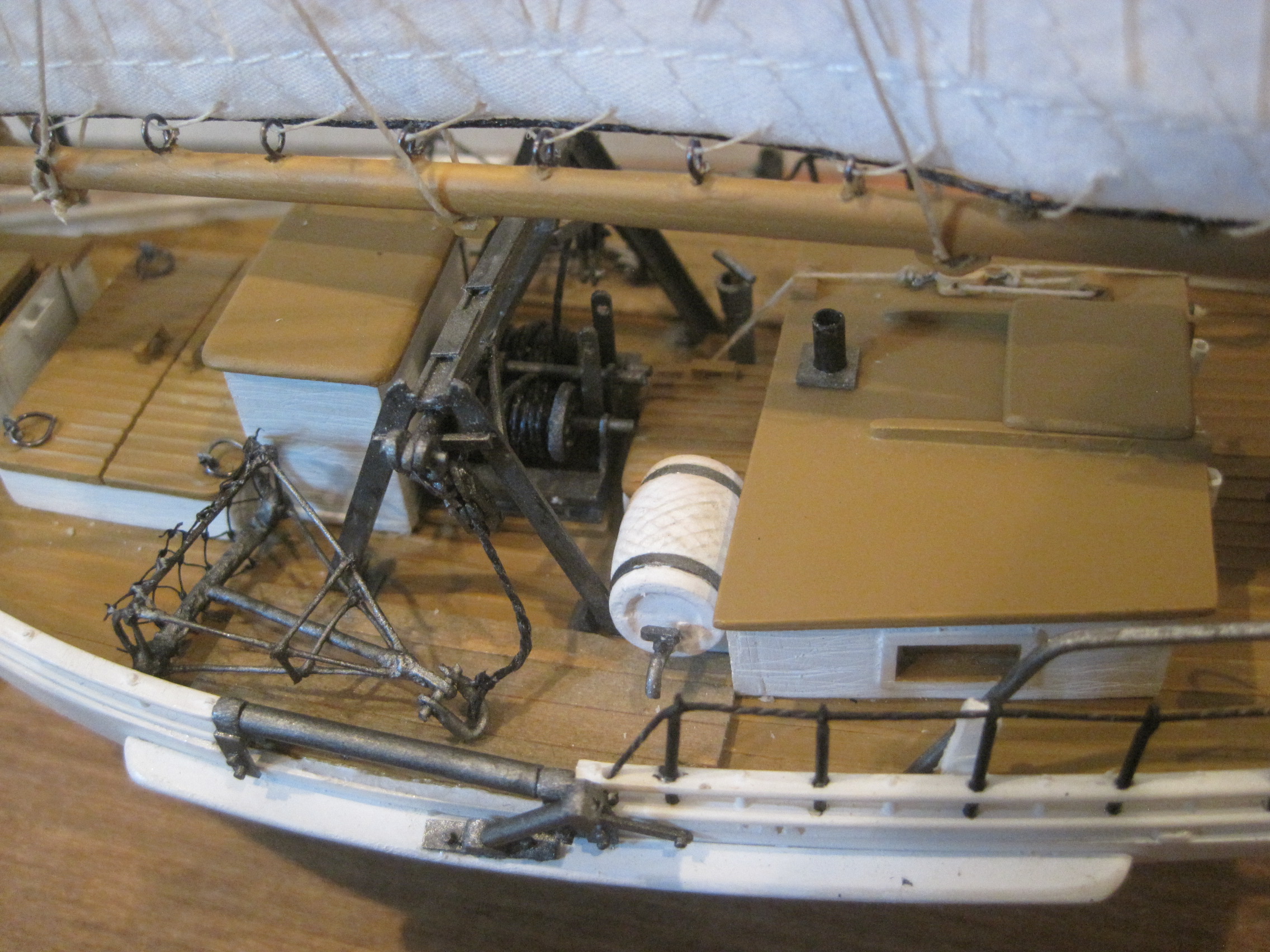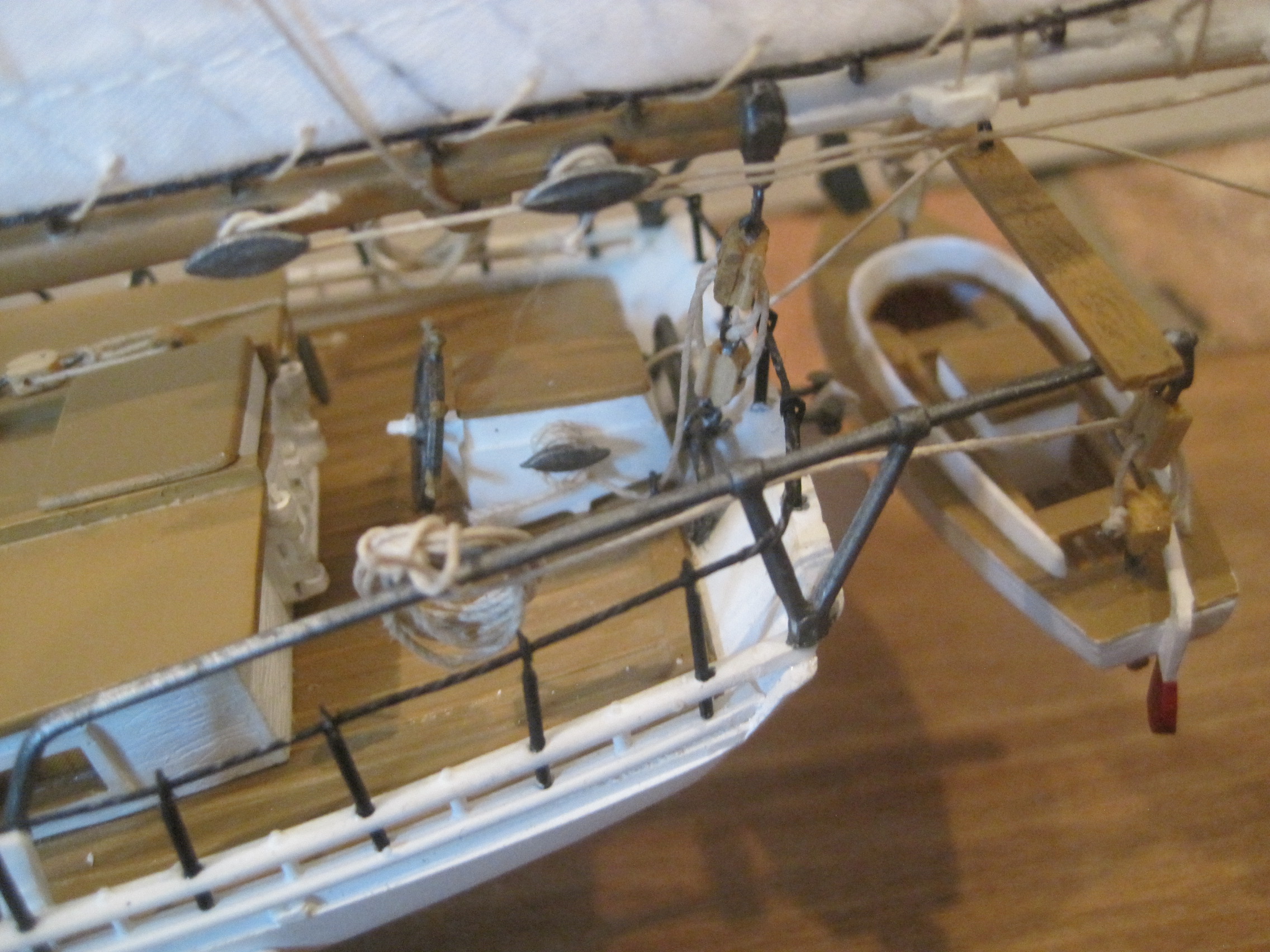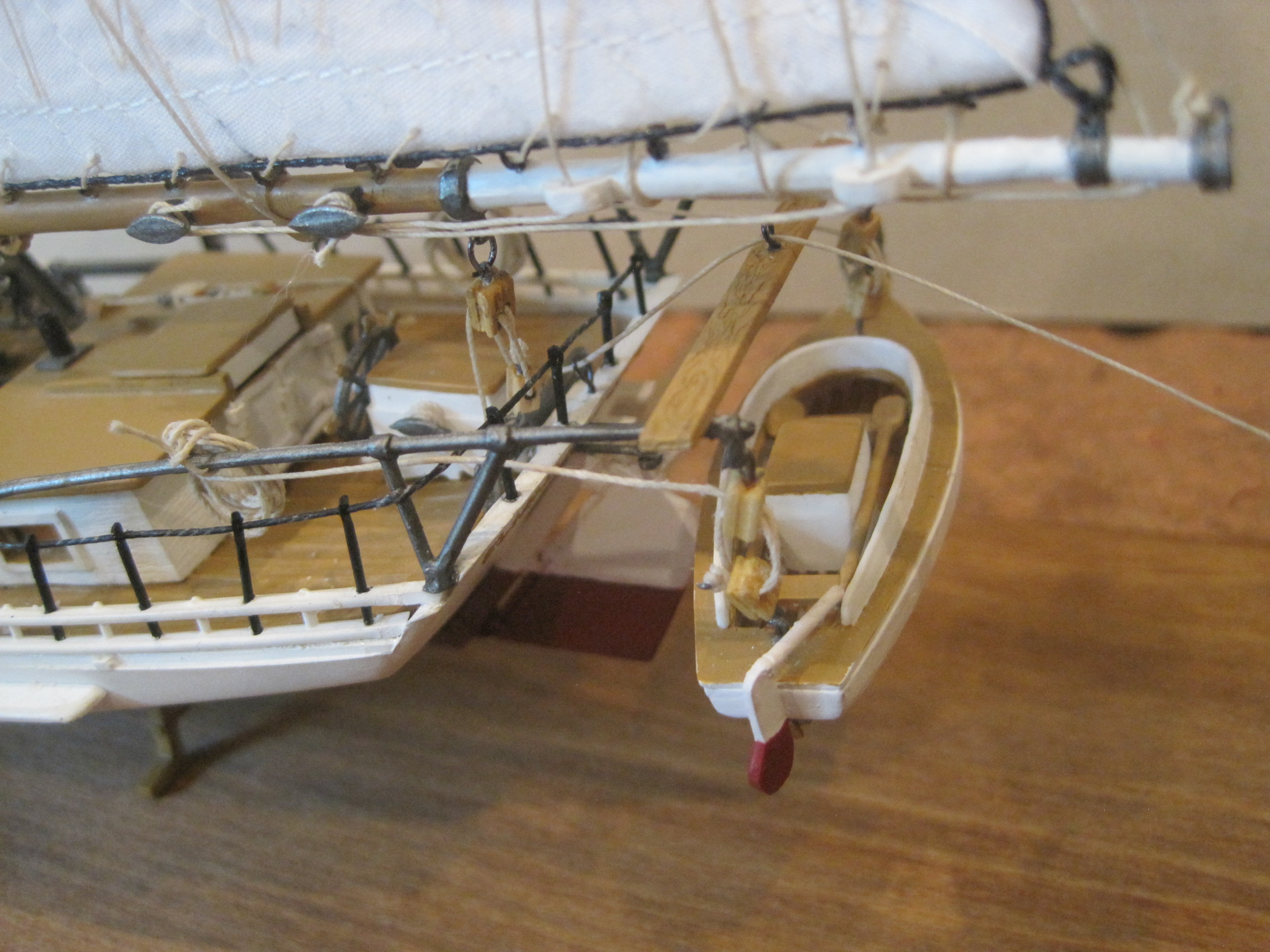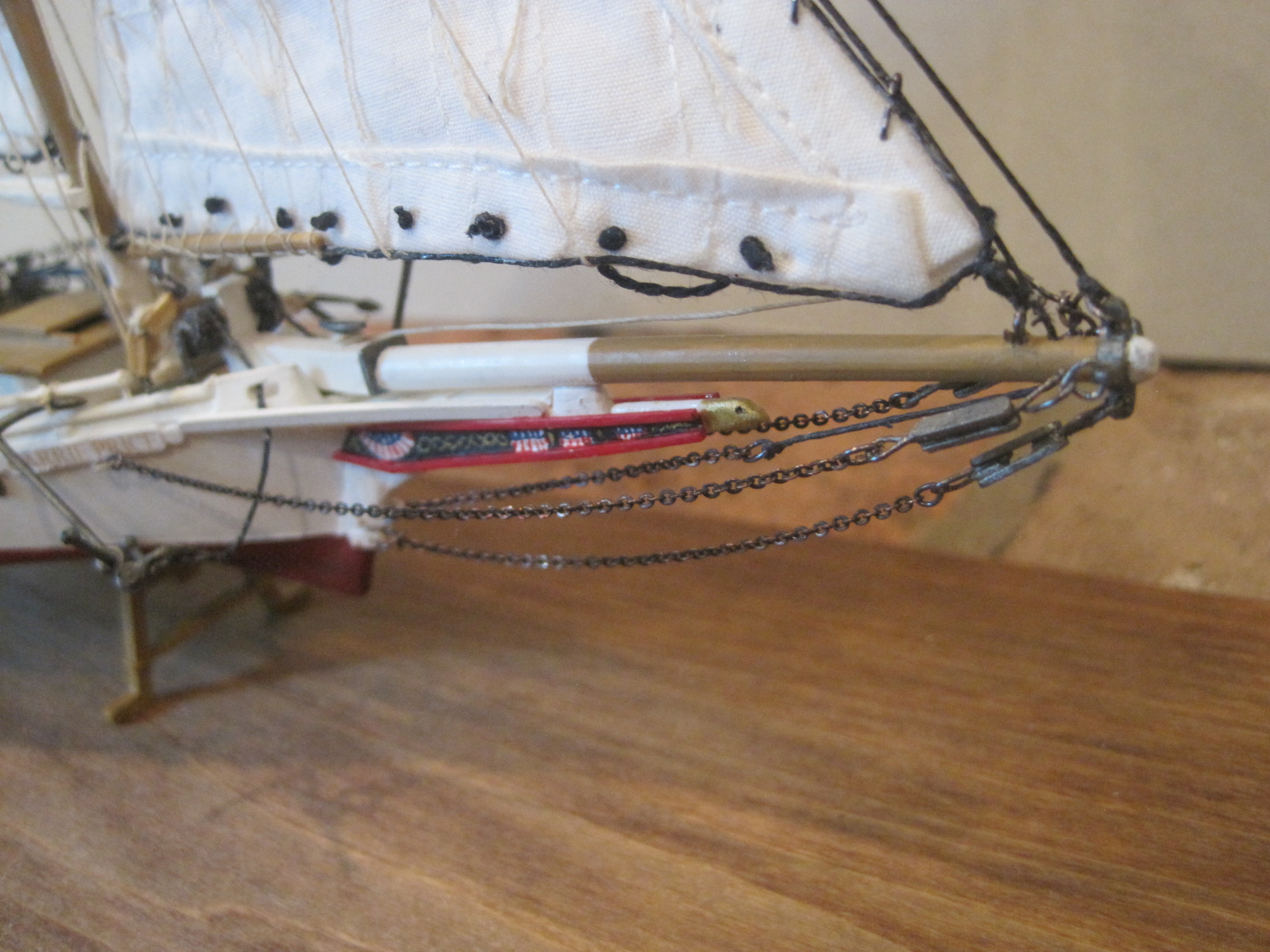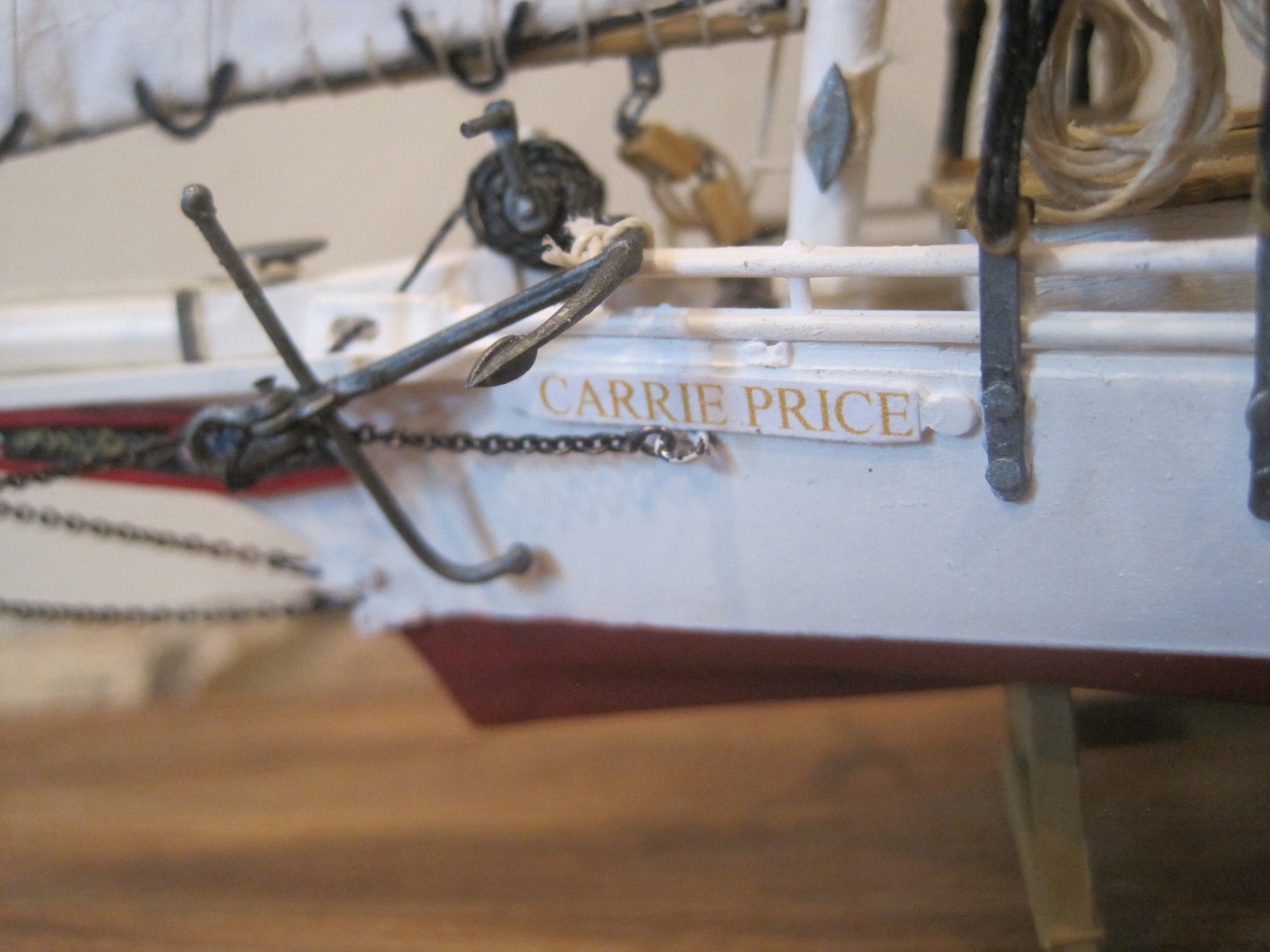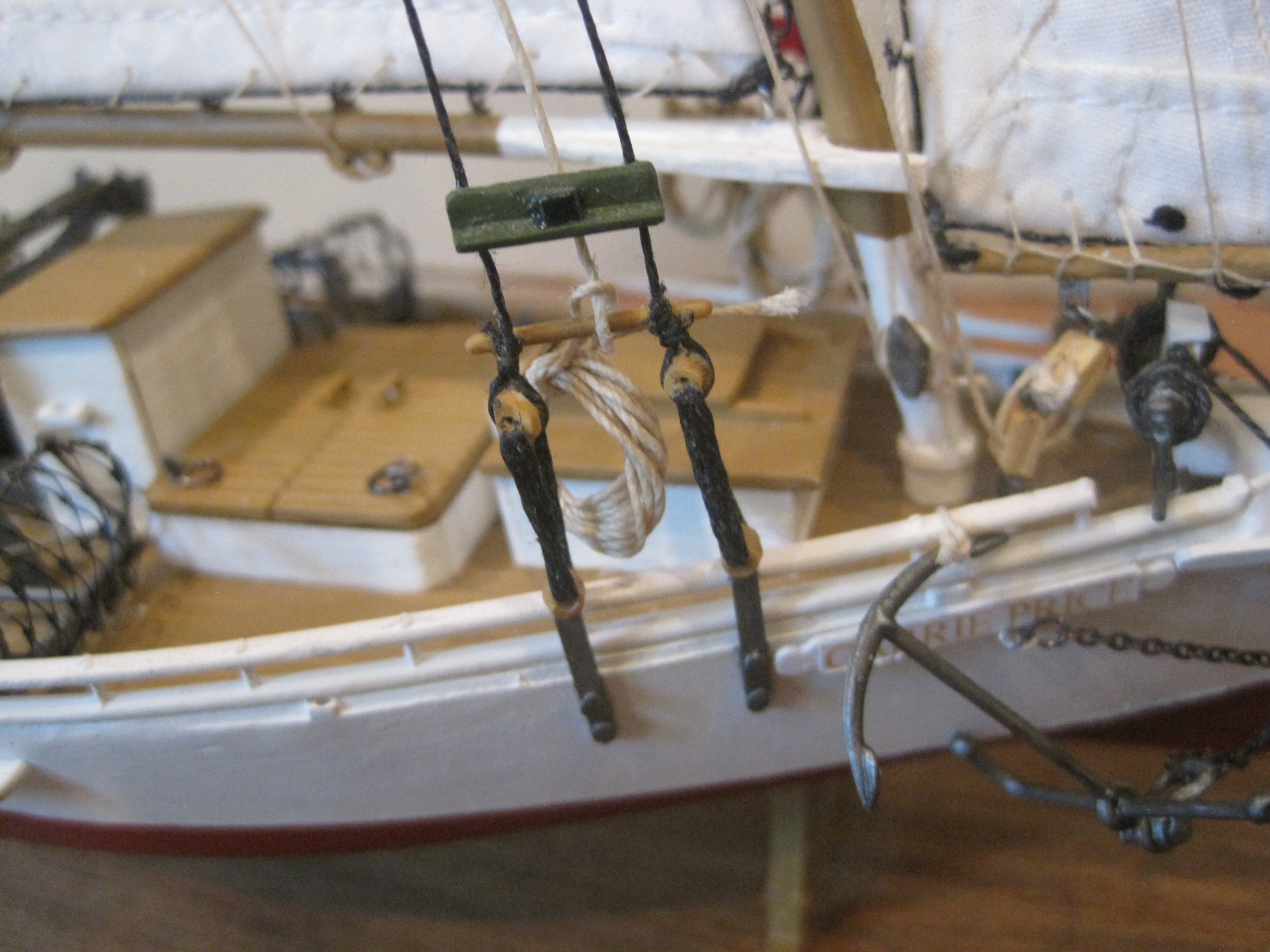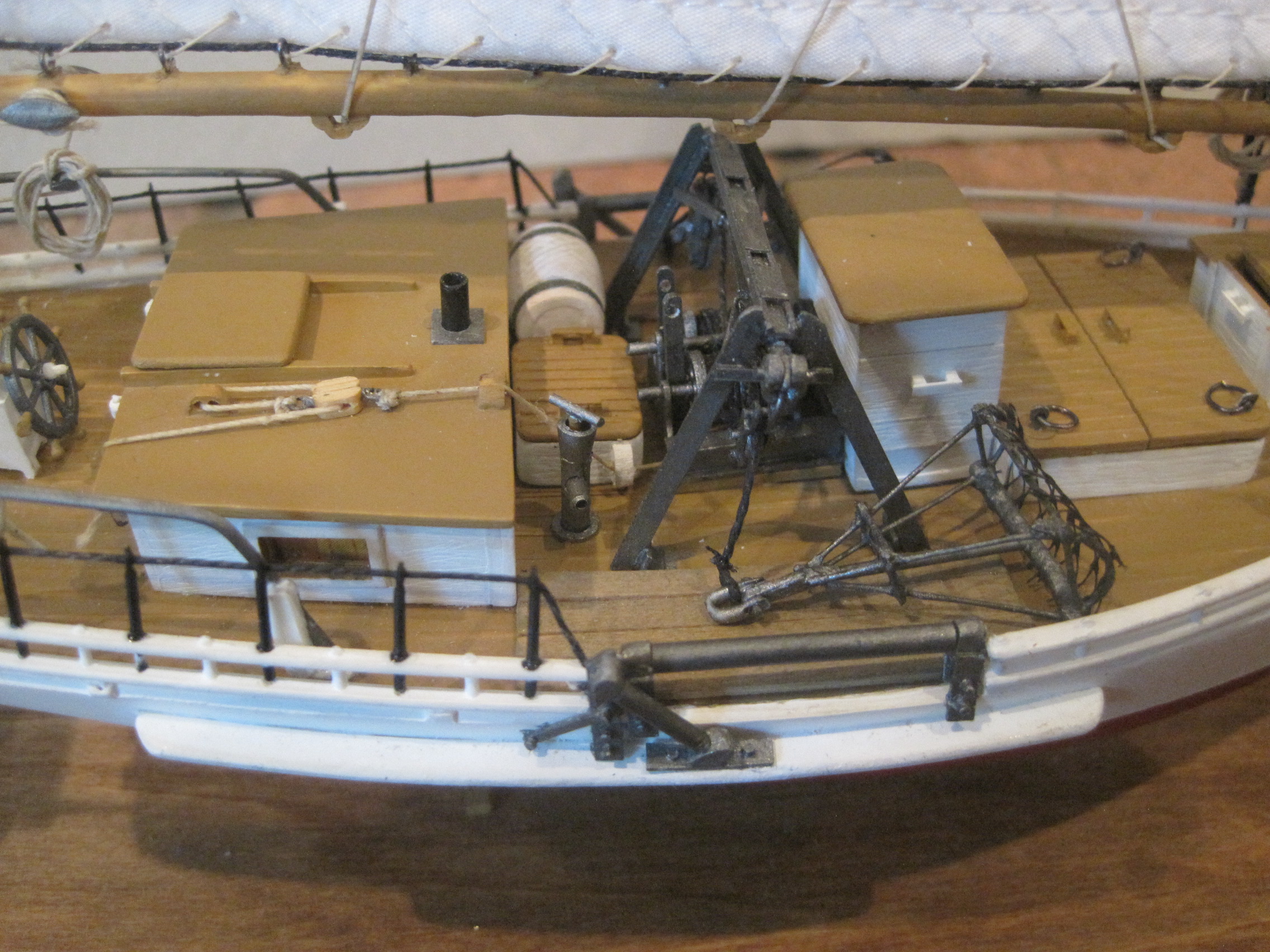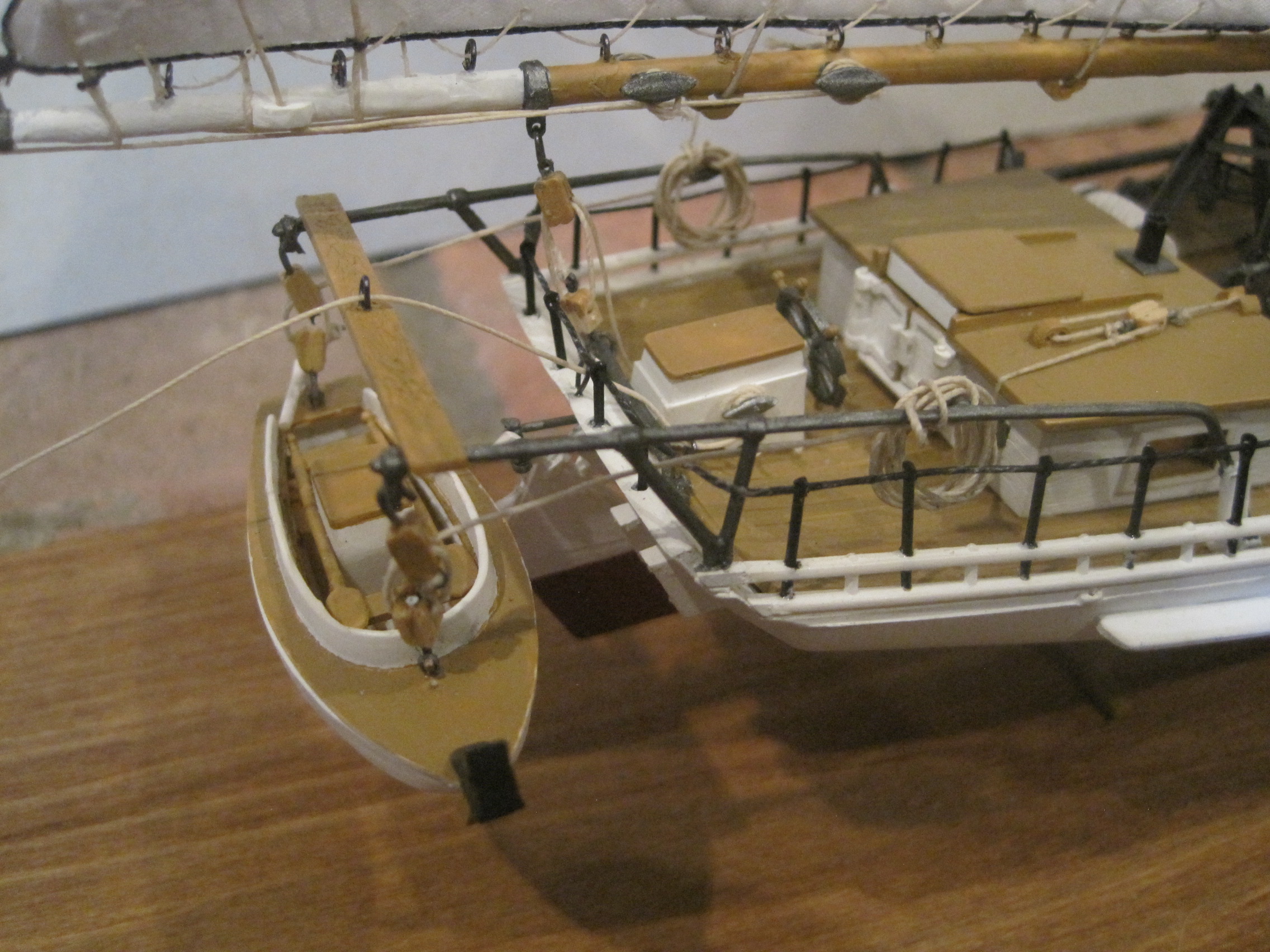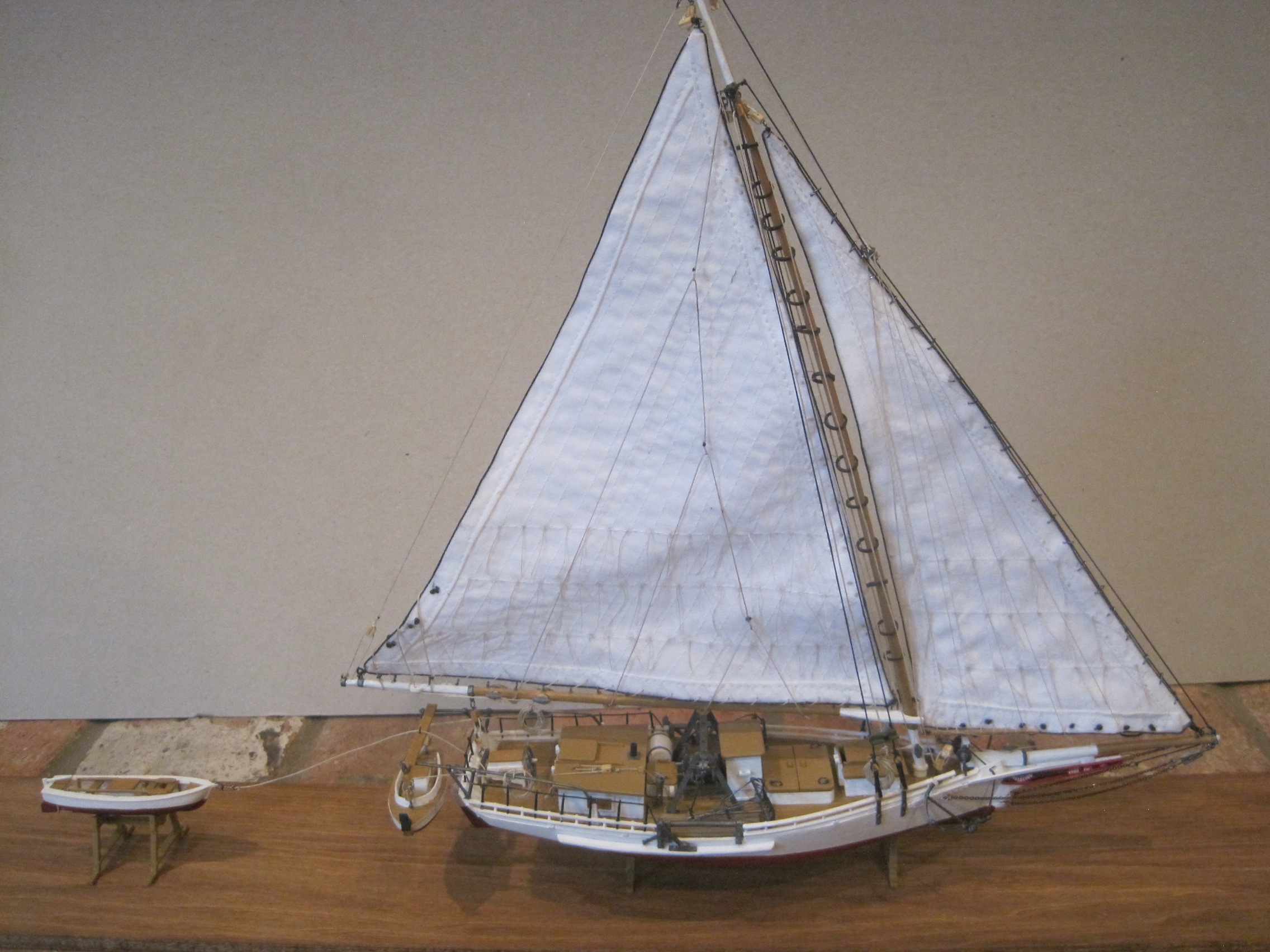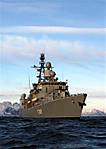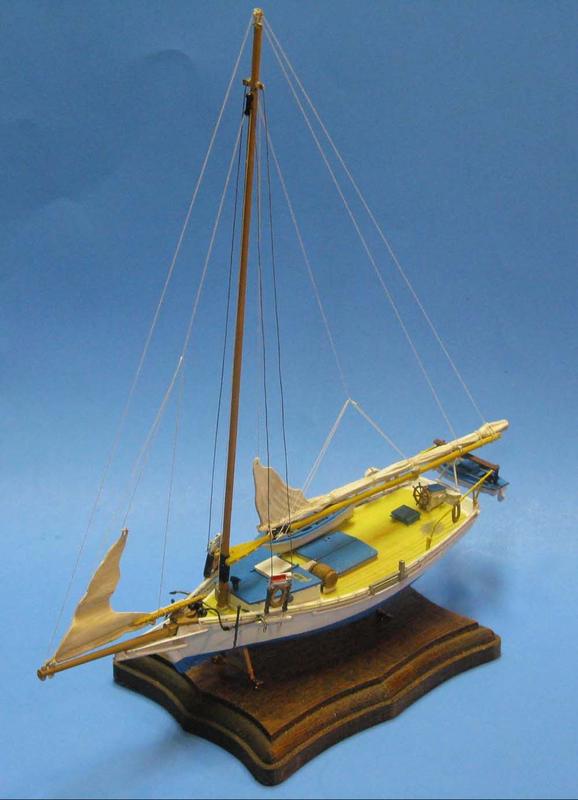Looking at it recently I decided to build it again and hopefully do a little better than I did when I was 12. I found the kit on ebay and as soon as I opened the box I realized just how different things are now some 55 years down the road.
Building a model back then (or at least for me) was not too different than doing a jig saw puzzle: You opened the box, took out all the parts, and built what you saw on the box top. It was all about putting together what was there.
These days when I build something my objective is not just to assemble whatís there, but to create a fairly accurate and detailed representation of the real item.
And there are so many more resources available today. Between the ability to access thousands of photos and other references (not to mention on line communities such as this!) as well as the availability of all sorts of aftermarket material in all shapes and sizes, a modeler is only limited by their tolerance for pain, both time wise as well as financially!
The biggest thing I discovered about the Lindberg Skipjack is that it didnít appear to resemble any of the ones in the photographs. Whether this kit was based on an actual boat or not it certainly did NOT depict an actual working boat which is what I wanted. With some variation almost all the skipjacks I found followed a pretty standard layout.
Among my discoveries on line were the outstanding instructions for the Model Shipways kit of the Willie L. Bennett, and rather than try to attempt that kit (and have to build the entire hull), I decided to transform the Lindberg kit
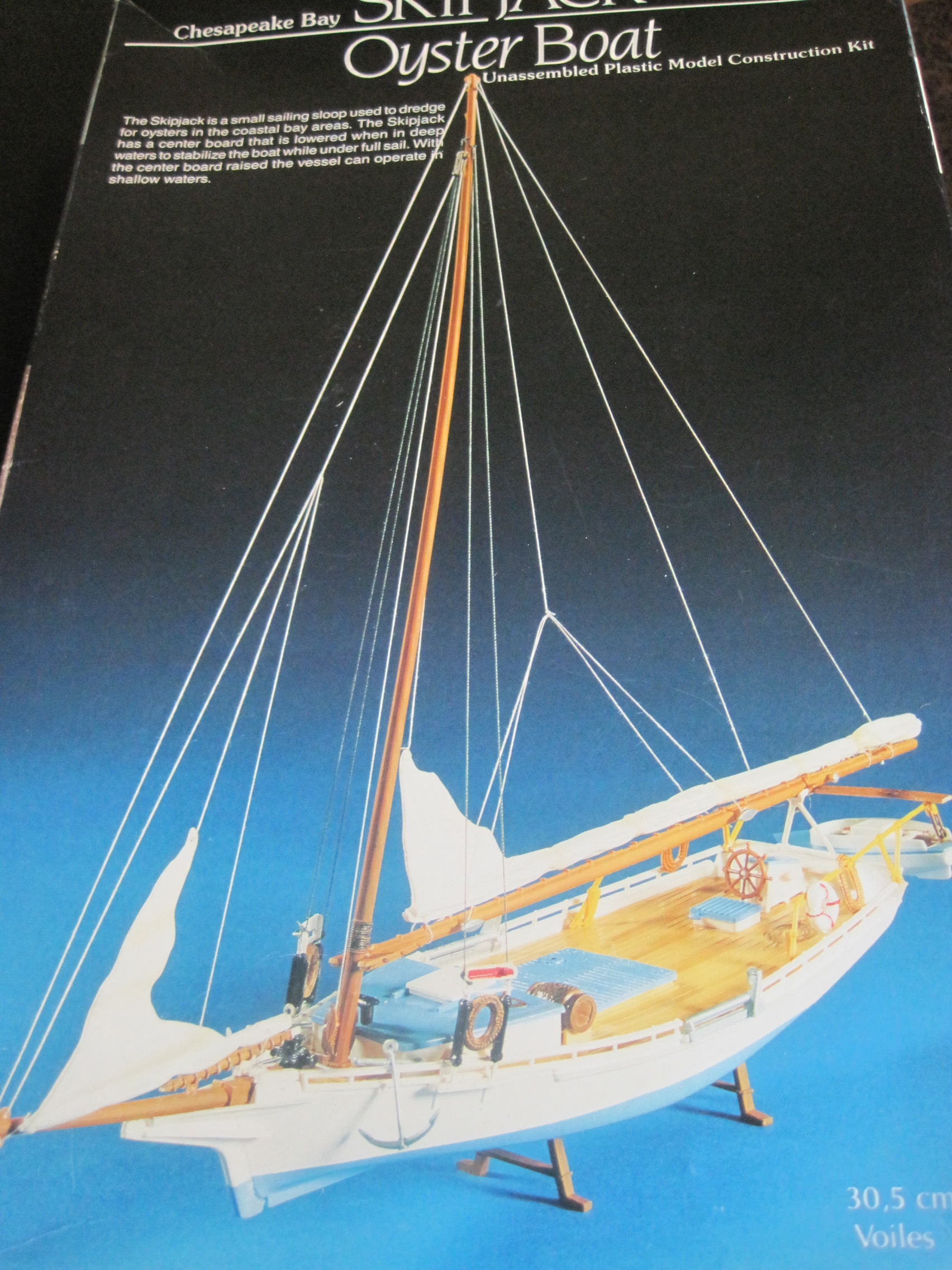
into a more typical working boat like those in the plans.
With a special thanks to my long suffering wife who did the initial sewing of the sails from an old pillow case, I now have hopefully captured a piece of a bygone era from a place I love.
